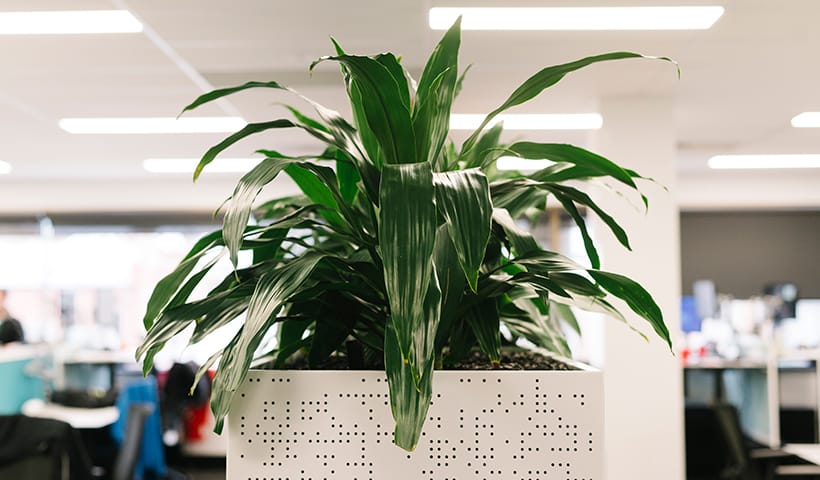What does it mean for offices to go green?
Going green is about increasing sustainability in energy and resource consumption and decreasing waste or moving to a zero-waste lifestyle .
If we can reduce human-made greenhouse gases we might be able to achieve sustainable levels of CO2 emissions.
Let’s take a look at how offices are adopting green practices and what those sustainable levels look like around the world..
Why go green?
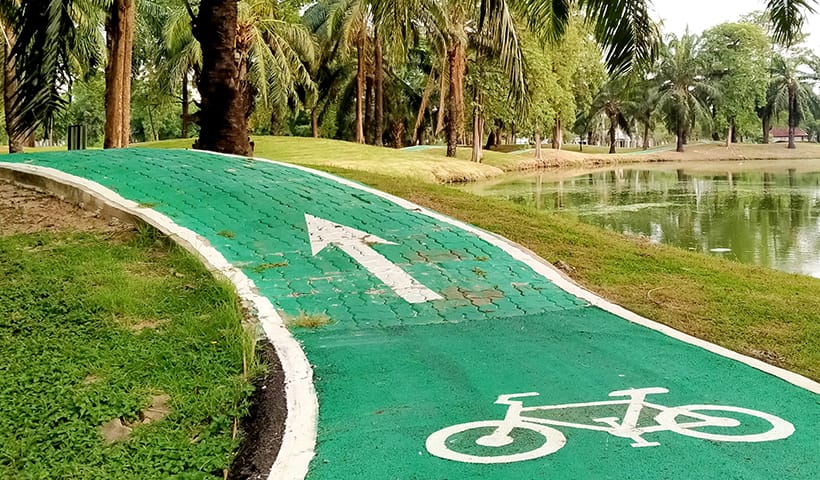
Building and maintaining sustainable practices at work needs to be a coordinated effort across countries. Because of cultural and economic differences, some countries find it easier to go green. Perhaps your office can look up to several different countries’ ideas, and get inspired to do more.
In the US, Green competition is leading the way. The LEED certification program , or “Leadership in Environmental Energy Design” is a rating system for buildings, created by the US Green Building Council (USGBC).
Since its creation, countries have been competing to get the most certified buildings, which are ranked by number of points.
Buildings can win points by incorporating LED lighting systems, rainwater recovery systems, or by installing more efficient air conditioning and heating.
Even entire cities can be rated with LEED, which awards points for energy efficiency, such as “net-zero” goals, recycling, and transportation.
Your office doesn’t need to go net-zero though to make an impact. Net-zero means that your office could re-generate at least as much energy or waste as it uses. That might be very difficult, especially for existing offices.
Working together is key

PaperCutters volunteering
Although you might not be giving your office a LEED rating, you can still use competition to foster going green. You can create a green team - a group of people that meets once a week to brainstorm ideas on how to go green.
You can create green challenges between departments with prizes. Everyone can get behind the movement if it’s made into a game.
On the country-wide scale, green credits can be traded and are like real money. Countries can compete to win more credits, and cash them in for valuable rewards.
At the office, you can create a green jar and have a rule that you have to tip the jar if you break the green rules, like setting all of the lights off at night.
Of course, you want to minimize your use of paper money, so why not make it a virtual jar, like a Venmo account.
Going paperless is one of the most impactful ways offices can go green. According to the US Environmental Protection Agency (EPA)’s website, 70% percent of paper generated in an office environment is thrown away. Of the remaining 20% - half of it is sent out to customers and vendors, and half of it is put into storage.
Most companies could reduce this usage by 99% by signing documents online , but people need to opt-in to paperless options when they have the chance.
For example, your office can ask vendors to provide digital invoices and receipt options or provide employee onboarding boxes in eco-friendly packaging .
You can even rate vendors before you work with them on their ecological footprint and impact, choosing instead to work with companies that already have paperless options.
If paperless isn’t feasible, you can go lesspaper or paper-light with, oh I don’t know, print management software!
China is leading in high-tech energy reduction
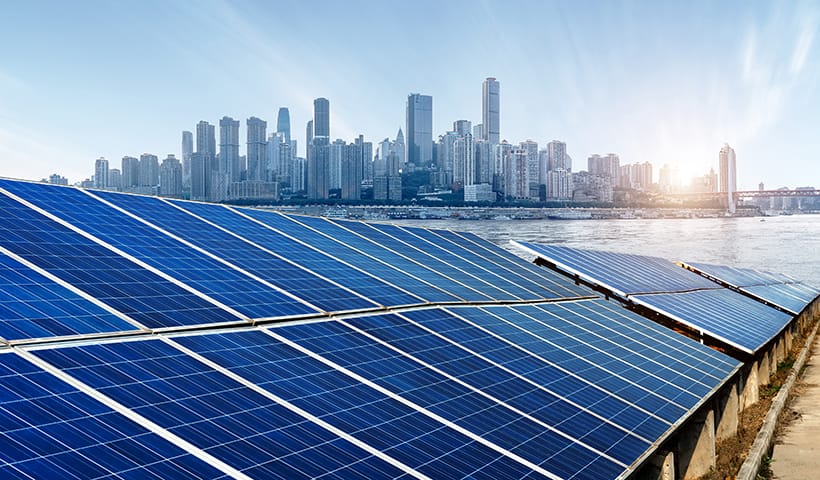
If you’re looking for a higher-tech solution for your office space, look no further than China. China is growing quickly in the deployment of green energy, especially with new technologies.
Many companies in China deploy solar panels and mini wind turbines to offset their carbon footprint. t isn’t uncommon to see people using electric cars. The top producer is NIO, an electric car company - also called “the Chinese Tesla” - whose stock price has raised by 111.0% in 2020.
You don’t need to generate the full amount of energy that your office requires in order to be green. It’s possible to go green by only generating a little.
Rooftop solar or small wind turbines are not very costly, and can be connected to the grid to slow or even reverse the electricity meter.
By installing more energy efficient electronics, you can use less power to start with. Computer power supplies have increased in efficiency dramatically over the last few years, and similarly with LED TV panels, new ones sip much less power than old ones.
You can install LED lighting systems throughout your office. Although expensive, they last longer and may even increase worker productivity.
New LEDs can be purchased in different colors like 4700-6500k, or “daylight” color, which is known to increase alertness.
Speaking of daylight, you can rearrange your office space to move work desks closer to exterior walls and windows. This will allow artificial lighting to be used less, reducing energy usage even more.
If your office is upgrading its heating and cooling system, chances are that you can make major upgrades to your office.
Heat exchanging systems can be used to ventilate while recapturing heat. Heat pumps can efficiently control multiple zone temperatures by passing hot or cold refrigerant through insulated pipes.
Other than competitions to encourage off the lights at the end of the day, it’s possible though to automate the lights completely with motion detectors, this can greatly reduce your office’s power consumption.
Germans know how to recycle
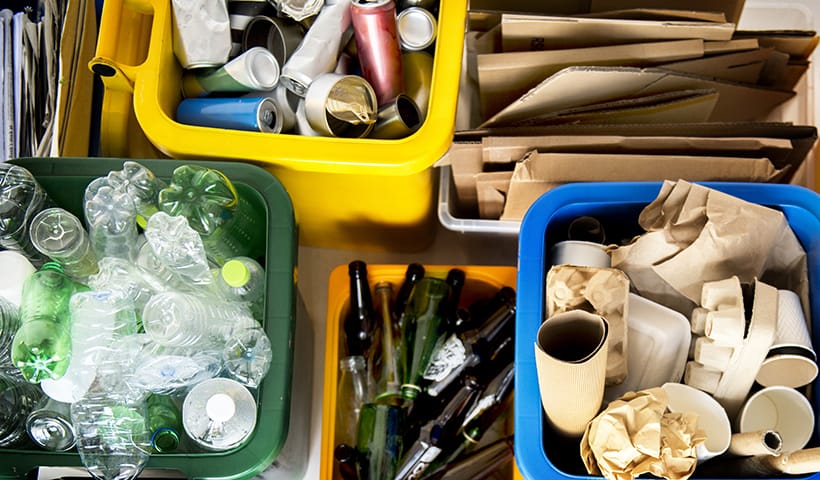
In Germany, the culture of recycling is strong. Almost everyone knows their color-coded recycling bins, and how to separate the solid waste in each one.
In Germany, ⅔ of waste is recycled, including in offices. After going paperless, and solving wasted energy issues, your office will have dramatically reduced it’s footprint, but solid waste comes from many other sources.
Water bottles and liquid containers are a serious source of waste. Glass bottles are one of the most recycled materials, and if you’re trying to reduce usage of plastic bottles, try including a water bottle filler, offering reusable bottles to staff, and providing locations for glass recycling.
It’s culturally accepted for Germans to hand sort their own recycling, such as cans, plastic, polypropylene, tin, or composite materials. These items can be reconstituted and re-used by shipping to a recycling center.
On site, your office may be able to recycle even more. For example, your kitchen can be changed to reduce and promote bio waste recycling.
Office managers can purchase reusable plates, containers and silverware to eliminate paper plates, to-go boxes, and go-cups in the trash.
You can even provide more advanced kitchen appliances or prep space to enable your office workers to prepare meals home-style, instead of ordering food or going to a restaurant.
Any snacks that the company keeps for employees can be changed to no-packaging items, like fruits and vegetables.
For the food scraps that are generated, your company can maintain a compost bin. Compost bins are now available that don’t produce any smell and can create healthy soil for potted plants, flowers, or local gardens.
For the company coffee machine, you can purchase stainless steel filters and stop throwing away paper filters. Discard coffee grounds in the compost bin to add even more nutrients to the soil.
It’s cool to be hot in Japan
While Germans feel much more comfortable at work in a suit and tie, Japanese businesspeople have pushed over the last 3-4 years with the “Cool Biz” program. It’s an initiative to destigmatize casual attire in the workplace, and encourage less layers of clothing.
During the hot summer months, AC units need to be run most of the time to keep suited workers comfortable. But if workers make the simple change to casual clothing, they can tolerate much higher indoor temperatures, especially if a breeze flows through the building.
If your offices are located in a place with hot summers, consider changing your attire rules or culture. It can greatly reduce your energy bills and increase your contribution to going green.
Amsterdam: model of sustainable transportation
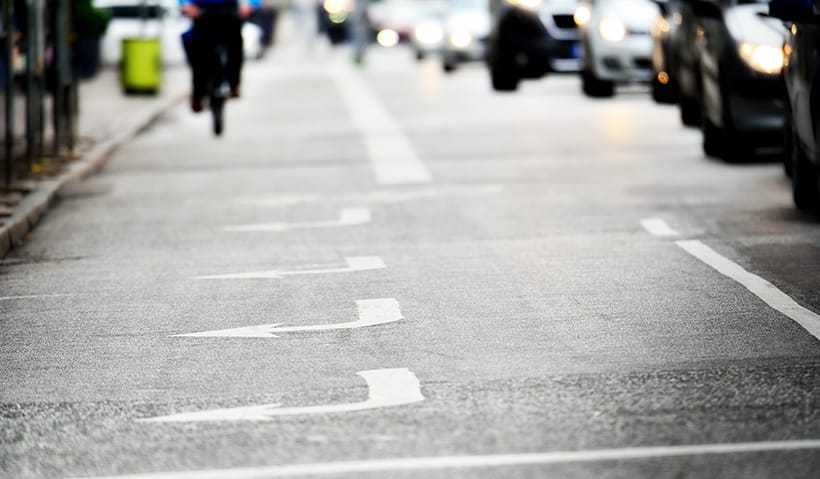
Many people who have been to Amsterdam recognize it as the globe’s cycling capital. Partially because of its largely flat landscape, Amsterdam has one of the largest percent of bicyclists per capita in the world.
Although they look like they’re on holiday, many of these bicyclists are actually just going to work.
City engineering can be the primary factor towards whether it’s possible to bike to work or not, but there are still many ways to promote sustainable transport. Many emissions are from workers commuting hours in traffic every day.
Telecommuting and video conferencing can be a powerful way to go green. Office workers should be trained and promoted to not come to the office if it’s not necessary.
Working from home and using team collaboration tools has become a highly popular activity in 2020, and it will likely stay around afterwards, if only for the reduction of greenhouse gases it creates.
For times when it’s necessary to commute, offices can promote green commute options. By reducing the strict nature of office hours and allowing workers to come in when convenient, your office can promote commutes by bus or walking.
Although these types of commutes are often less time efficient, they can be greener. Not only are they healthy but also productive, you can fire off some emails while you’re riding the bus, train, or tram.
Your office can also promote bikin. Many employees have the option of biking, but choose not to because of inconvenience. If the office has good bike storage facilities and transition facilities, workers are much more likely to take advantage.
Start going green at your desk - then grow
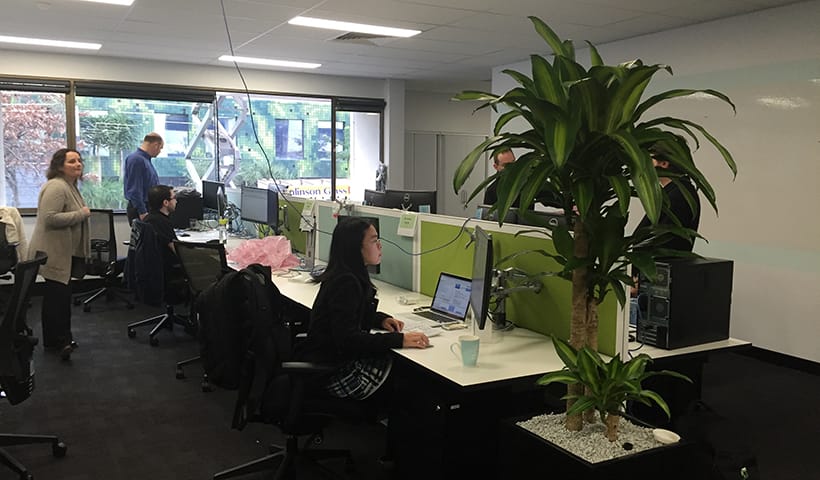
Going green isn’t just healthy for your office. It’s an investment in the overall biome and environment of your city and country.
If you don’t already have one, form a sustainability team at your workplace. Your company might even be able to invest in carbon credits, or supporting tree-planting charities like Carbon Positive Australia or applying for LEED or BCorp certifications which can yield rewards from local governments.
Each country and company have their own emissions, and their own ideas for how to reduce their footprint.
If nothing else, start with a desk plant. They reduce CO2, filter the air from volatile organic compounds, and increase oxygen.
Whenever someone asks “what a strange plant is that?” you can engage them in a passionate conversation about going green.
Change has to start somewhere, why not right at your desk?
This is a guest post from Marketsplash .
